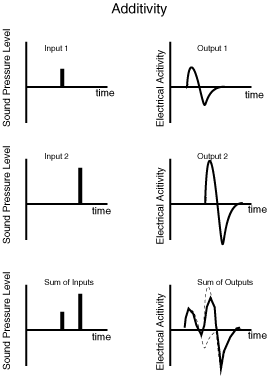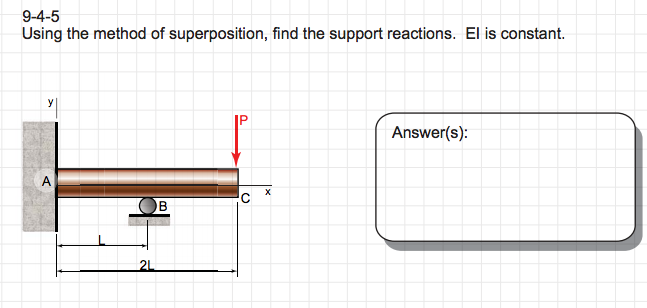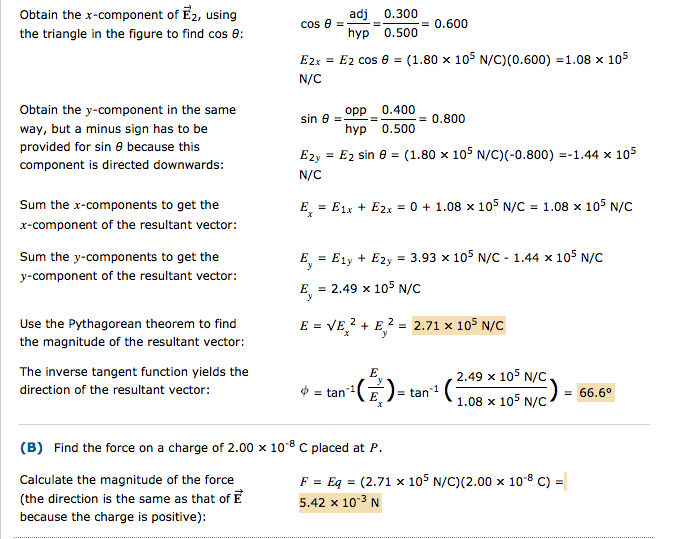
Each point charge creates an electric field of its own at point P, therefore there are 3 electric field vectors acting at point P: E 1 is the electric field at P due to q 1, pointing away from this positive charge. Calculate the electric field at a point P located midway between the two charges on the x axis. If a charge of 1 nC is placed at P, determine the force (direction and magnitude) acting on this particle? Solution a. 2 m q 2 q 1 = +2 μC = +2 μC E 2 E 1 1 m P EĢ 1 2 1 2 1 2 2 0 Example 3: Three point charges are located at the corners of an equilateral triangle, as shown.

Note: An electric field exists in the region of space around a charged object if there is another charged object at that location or not. Since the two electric field vectors are equal in magnitude and opposite in direction, they cancel each other out so the net field at P is zero. We can find the net field by vectorially adding these two vectors. E 2 is the electric field at P field due to q 2. Solution Each point charge creates an electric field of its own at this particular point, therefore there are two electric field vectors acting at point P: E 1 is the electric field at P field due to q 1. The Superposition Principle applies if more than one charge is present Example 1: Find the electric field at a point P located midway between the charges when both charges are positive as shown.

Use equation to find the magnitude of the electric field at that particular point due to the individual charges d. The direction is given by the direction of the force on a positive test charge. Draw a diagram: Draw the electric field vector at that point due to each charge. Electric field depends on the position: choose the point where you want to determine the field. ADDING ELECTRIC FIELDS Problem Solving Strategy: Electric Fields due to Point Charges a. Then we will add vectorially the two forces, considering their direction. We will determine the magnitude of each force considering the absolute values of the charges. F 1 is directed to the right, because q 1 and q 3 repel each other and F 2 is also directed to the right, because q 3 and q 2 attract each other. First we need to draw the free-body diagram for q 3 : we will draw the two forces (vectors) acting on this charged particle. We can find the net force by vectorially adding these two forces. F 2 is the force acting on q 3 due to q 2.

Solution There are two Coulomb forces acting on q 3 : F 1 is the force acting on q 3 due to q 1.

Determine the magnitude and direction of the net force on q 3 = 1 μC. COULOMB’S LAW Three charges, lie along the x axis as shown: q 1 = 6 μC, q 2 = -2 μC. How many electrons must be removed from a neutral object to leave a net charge of 0. How many electrons are needed to form a charge of –2 nC? Solution All charged objects in nature carry charges that are integral multiples of the basic quantity of charge, qe, any charge Q: Q = n qe ∣ qe ∣ = 1×10−19 C. STATIC ELECTRICITY AND CHARGE: CONSERVATION OF CHARGE Common static electricity involves charges ranging from nanocoulombs to microcoulombs. Electric Charge and Electric Field: Example Problems with Solutions 1.


 0 kommentar(er)
0 kommentar(er)
